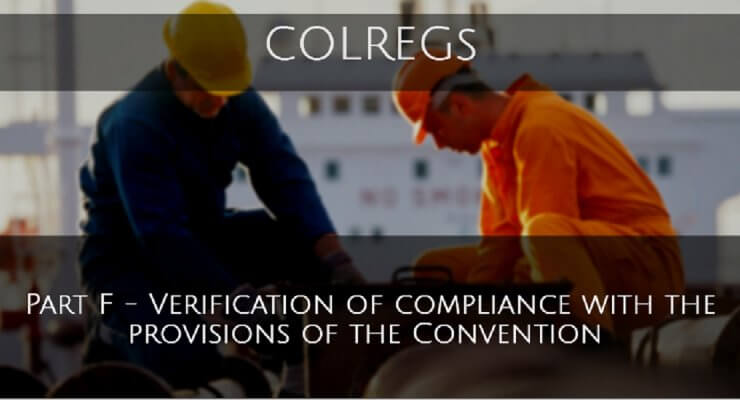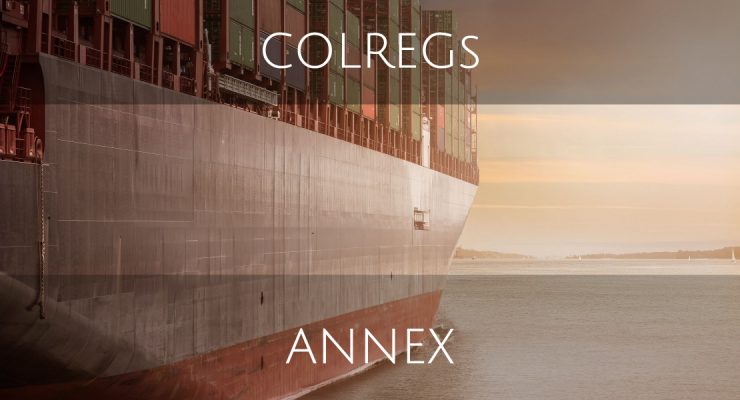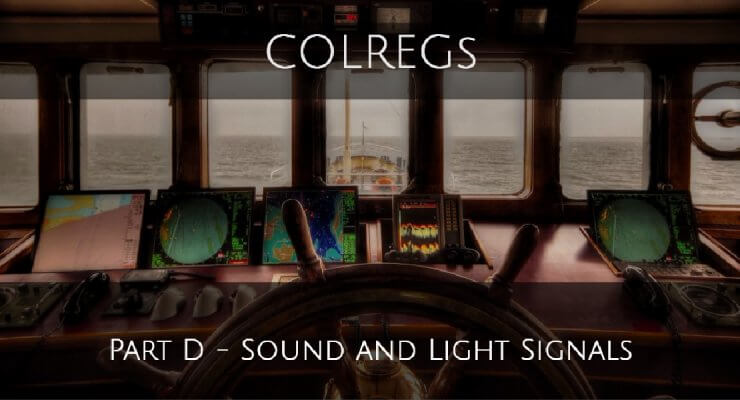Verification of compliance (a) Every Contracting Party shall be subject to periodic audits by the Organization in accordance with the audit standard to verify compliance with and implementation of the present Convention.(b) The Secretary-General of the Organization shall have responsibility for administering the Audit Scheme, based on the guidelines developed by the Organization.(c) Every Contracting Party shall have responsibility for facilitating the conduct of the audit and implementation of a programme of actions to address the findings, based on the guidelines developed by the … [Read more...]
Rule 40 – Application
Contracting Parties shall use the provisions of the Code for Implementation in the execution of their obligations and responsibilities contained in the present Convention. … [Read more...]
Rule 39 – Definitions
Definitions (a) Audit means a systematic, independent and documented process for obtaining audit evidence and evaluating it objectively to determine the extent to which audit criteria are fulfilled.(b) Audit Scheme means the IMO Member State Audit Scheme established by the Organization and taking into account the guidelines developed by the Organization.(c) Code for Implementation means the IMO Instruments Implementation Code (III Code) adopted by the Organization by resolution A.1070(28).(d) Audit Standard means the Code for Implementation. … [Read more...]
ANNEX IV – Distress Signals
1. Need of Assistance The following signals, used or exhibited either together or separately, indicate distress and need of assistance:(a) a gun or other explosive signal fired at intervals of about a minute;(b) a continuous sounding with any fog-signalling apparatus;(c) rockets or shells, throwing red stars fired one at a time at short intervals;(d) a signal made by any signalling method consisting of the group ... --- ... (SOS) in the Morse Code;(e) a signal sent by radiotelephony consisting of the spoken word "Mayday";(f) the International Code Signal of distress … [Read more...]
ANNEX III – Technical Details of Sound Signal Appliances
1. Whistles (a) Frequencies and range audibility The fundamental frequency of the signal shall lie within the range 70-700Hz. The range of audibility of the signal from a whistle shall be determined by those frequencies, which may include the fundamental and/or one or more higher frequencies, which lie within the range 180-700Hz (+/-1%) for a vessel of 20 meters or more in length, or 180-2100Hz (+/-1%) for a vessel of less than 20 meters in length and which provide the sound pressure levels specified in paragraph 1(c) below.The range of audibility of the signal from a whistle shall be … [Read more...]
ANNEX II – Additional Signals for Fishing Vessels Fishing in Close Proximity
ANNEX II Additional Signals for Fishing Vessels Fishing in Close Proximity 1. General The lights mentioned herein shall, if exhibited in pursuance of Rule 26(d), be placed where they can best be seen. They shall be at least 0.9 meters apart but at a lower level than lights prescribed in Rule 26(b)(i) and (c)(i). The lights shall be visible all around the horizon at a distance of at least 1 mile but at a lesser distance than the lights prescribed by these Rules for fishing vessels. 2. Signals for trawlers (a) Vessels engaged in trawling, whether using demersal or pelagic gear, may … [Read more...]
Annex I – Positioning and technical details of lights and shapes
1. Definition The term “height above the hull” means height above the uppermost continuous deck. This height shall be measured from the position vertically beneath the location of the light. 2. Vertical positioning and spacing of lights On a power-driven vessel of 20 metres or more in length the masthead lights shall be placed as follows: The forward masthead light, or if only one masthead light is carried, then that light, at a height above the hull of not less than 6 metres, and, if the breadth of the vessel exceeds 6 metres, then at a height above the hull not less … [Read more...]
Rule 38 – Exemptions
Rule 38 : ExemptionsAny vessel (or class of vessel) provided that she complies with the requirements of the International Regulations for the Preventing of Collisions at Sea, 1960, the keel of which is laid or is at a corresponding stage of construction before the entry into force of these Regulations may be exempted from compliance therewith as follows:(a) The installation of lights with ranges prescribed in Rule 22, until 4 years after the date of entry into force of these regulations.(b) The installation of lights with color specifications as prescribed in Section 7 of Annex I … [Read more...]
Rule 37 – Distress signals
Rule 37 : Distress signalsWhen a vessel is in distress and requires assistance she shall use or exhibit the signals described in Annex IV to these Regulations. … [Read more...]
Rule 36 : Signals to attract attention
Rule 36 - Signals to attract attentionIf necessary to attract the attention of another vessel any vessel may make light or sound signals that cannot be mistaken for any signal authorized elsewhere in these Rules, or may direct the beam of her searchlight in the direction of the danger, in such a way as not to embarrass any vessel. Any light to attract the attention of another vessel shall be such that it cannot be mistaken for any aid to navigation. For the purpose of this Rule the use of high intensity intermittent or revolving lights, such as strobe lights, shall be avoided. … [Read more...]



